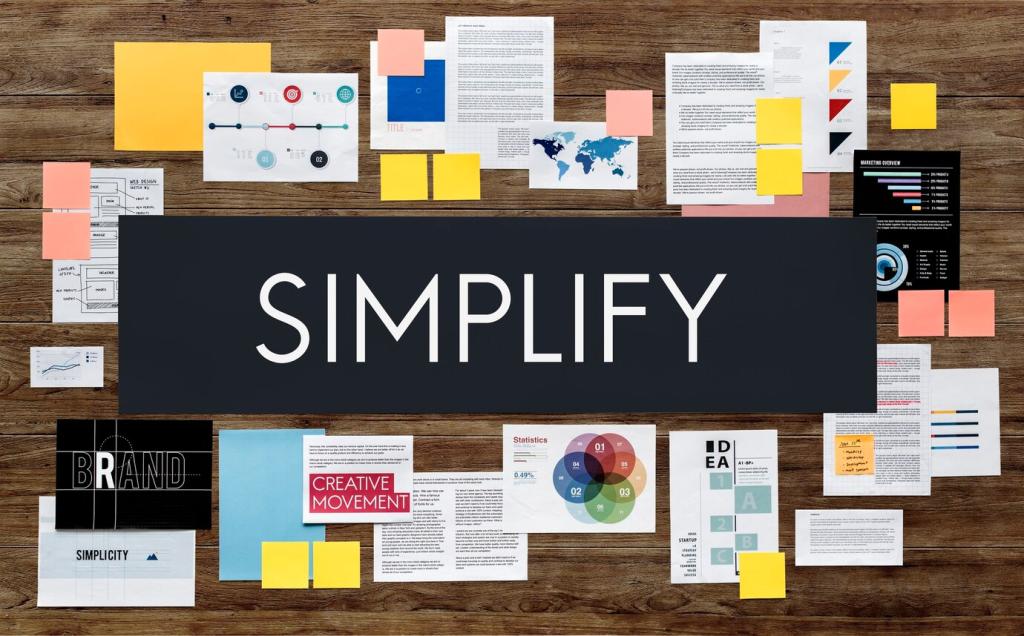Why Investment Goals Matter on Day One
“I want more money” becomes “I will invest $150 monthly for three years to build a $6,000 travel fund.” Specificity turns hesitation into action, clarifies trade-offs, and helps you ignore distracting noise from markets and social feeds.
Why Investment Goals Matter on Day One
Start with a safety cushion, a near-term purpose, and a long-term wealth builder. Each bucket has a distinct timeline, risk level, and contribution plan, helping you invest confidently without mixing emergency cash with growth-focused investments.










